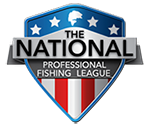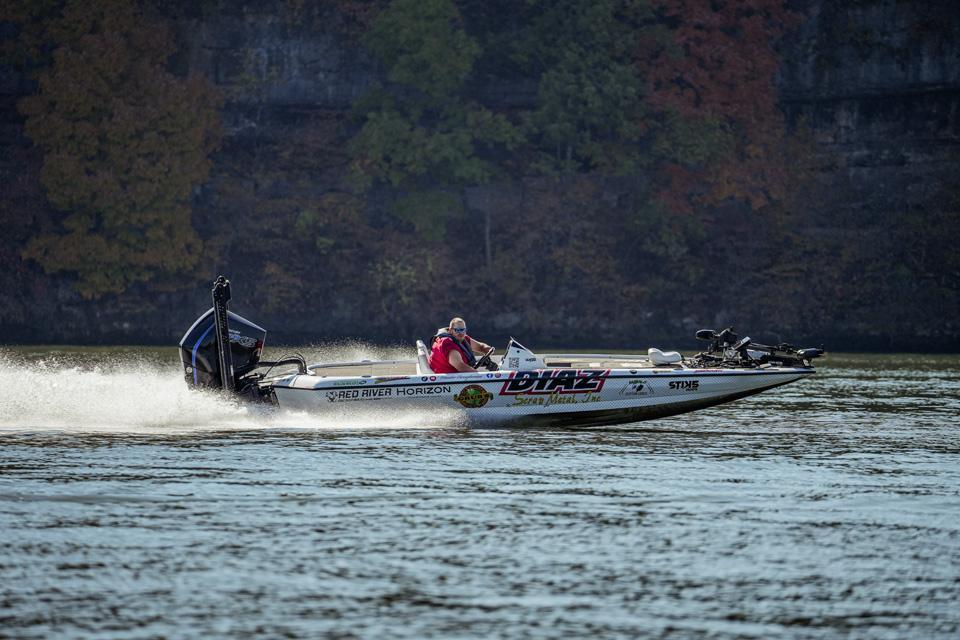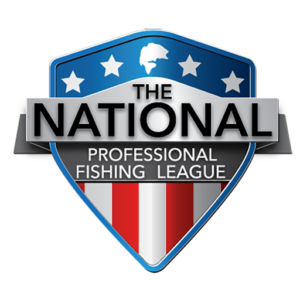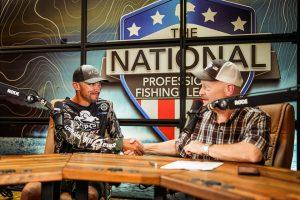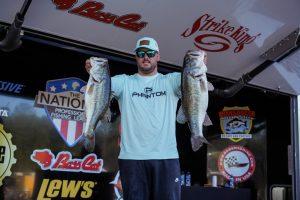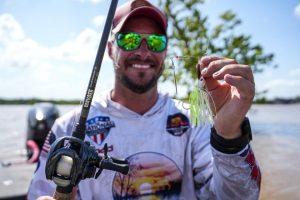Story by Hunter Baughman | Photos by Tanner & Travis Lyons
In most of the country, April means one thing: the spawn is here. It is by far one of my favorite times of the fishing season.
As most of you know, I’m an avid hunter. I think something about visually hunting the fish is what I love. I hope to be able to spend a couple of days sight fishing in the next few weeks. Of course, it seems like the anticipation builds up, then—ever so quickly—the spawn is here and gone.
Let’s talk about a few tips to improve your bed fishing strategies.
First, you need to be able to identify the bed. A good pair of polarized glasses are crucial for this task. A strong set of trolling motor batteries are also necessary. There will be lots of time spent on the trolling motor covering ground looking for those beds. Look at small flat points in pockets for the highest percentage of fish.
Next, you need to be able to identify what is a catchable bass versus one that is not quite ready yet. If you make a pitch into a bed and the fish swims away for a while, that’s probably not the fish you want to concentrate on. After all, we aren’t talking about tournament fishing here. I’m just talking about a fun day on the water catching as many as possible. When I go past a bed and the fish doesn’t leave, that’s the fish I like to concentrate on catching. Most likely it is “locked on” and will be catchable.
Next we must figure out how to catch the fish. Each fish is different. They all have moods. Some are aggressive and some are passive. You should be able to tell pretty quickly what mood the fish is in. If aggressive, most anything will work. If passive, it may take several bait changes and some time.
That brings us to the next discussion: baits. I prefer baits I can see. If you are unable to see the bait, then you do not know what is going on. I like white or pink. A tube is probably my first choice, followed by a small swimbait, a drop shot and a jig.
As you pitch your bait in the nest, pitch at multiple places around the bed. You will notice the fish reacts differently as it lands in different places. Each bed has a sweet spot. Your job is to identify that spot. When your bait lands in the sweet spot, the fish’s behavior will quickly change. Multiple pitches to this spot normally generate a bite. Make sure the fish sucks the bait in its mouth before you set the hook. Many times they will just pick up the tail of the bait to move it out of the nest.
Of course, sight fishing is not the only way to fish the spawn. Obviously, in dirty water, the beds won’t be visible. In this case, I have three techniques to catch bedded bass: flipping a soft plastic bait at hard pieces of cover, throwing a wacky rig down bare banks, and throwing a hollow body frog. Obviously, you would want to use these methods in likely spawning areas.
If flipping, you must go extremely slow. Visualize your bait going through the bed and the fish looking at it. Multiple pitches to high percentage areas are a good idea. And always pitch back to the same area if you catch one. There may be multiple fish using the same bed!
With the wacky rig, it’s all about covering water. Make quiet casts near the bank, work it a little ways, then wind it in and repeat. This technique always generates a lot of bites.
The frog bite can be painstakingly slow but very rewarding. Throwing at those high percentage spots, work the frog ever so slowly. Big females will roll up on it when it goes over their head. The bite-to-hook-up ratio is pretty low this time of year because they miss the bait a lot. Luckily, they identify their location, and you can follow up flipping or with the wacky worm and catch the fish most of the time.
The great part about bedded bass in dirty water is they can’t see you. Most of the time they’re easier to catch because of this.
I hope this helps. If you get a chance, get on the water. Some of the most fun you can have fishing is happening right now!
Hunter Baughman – Angler Profile
